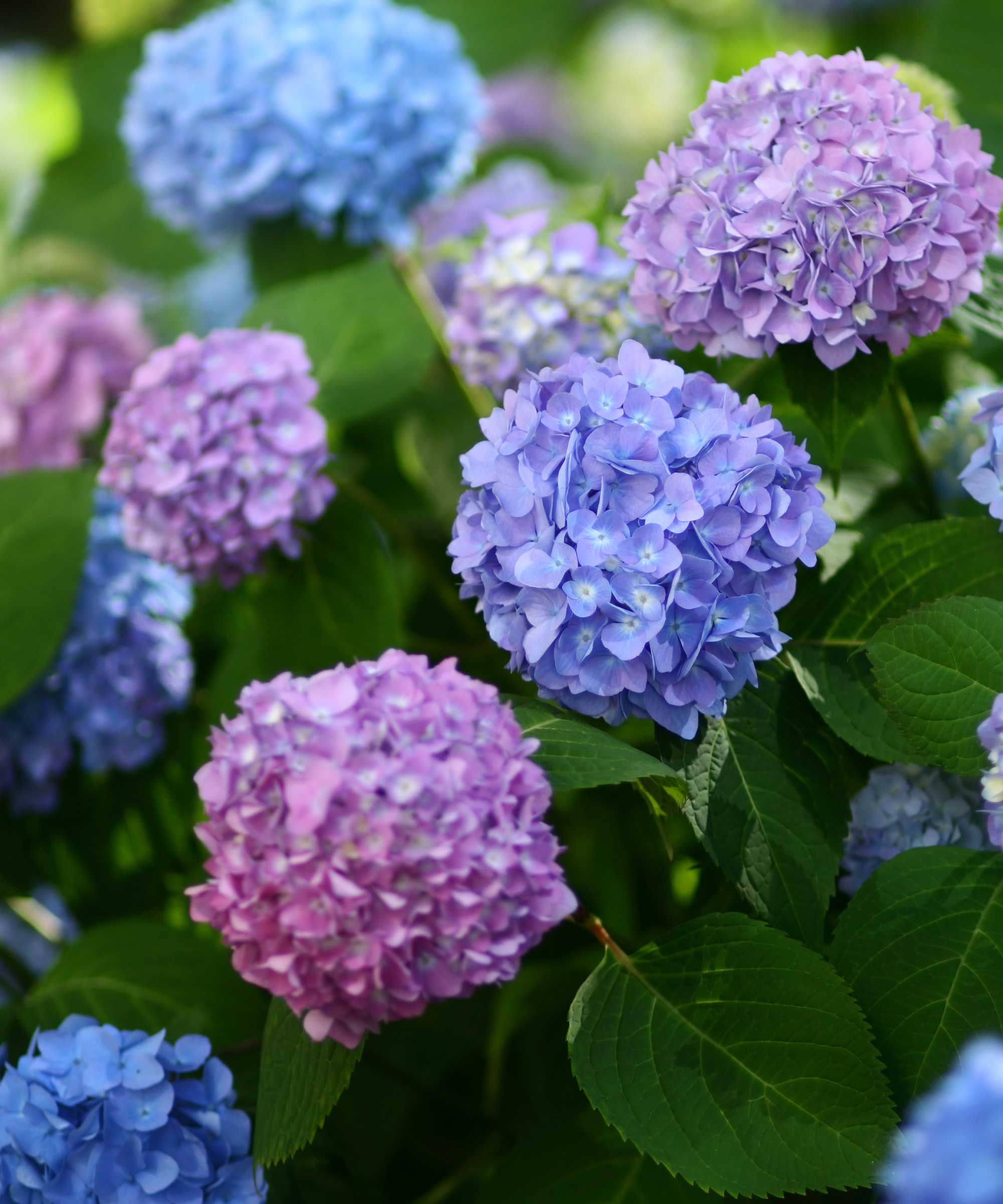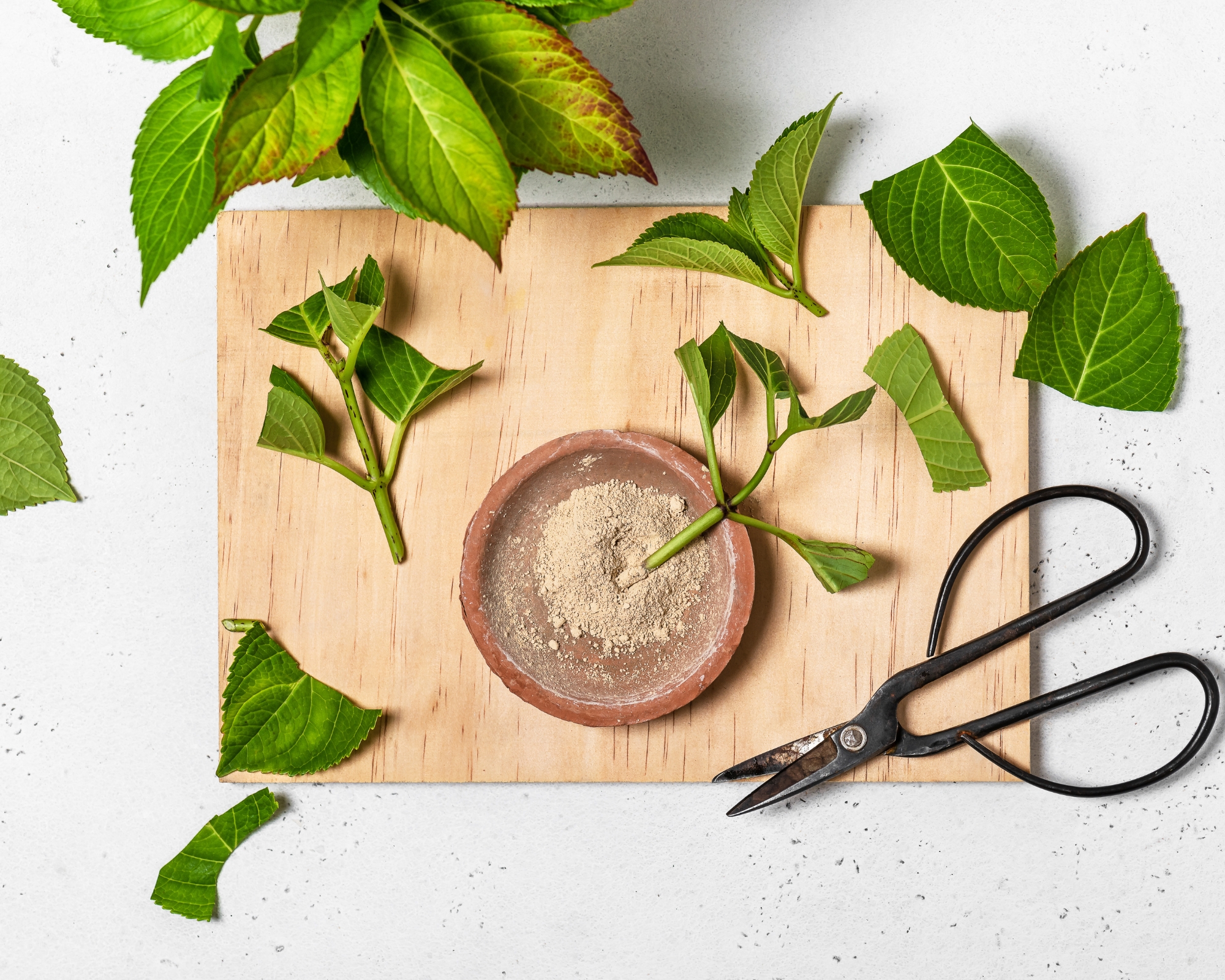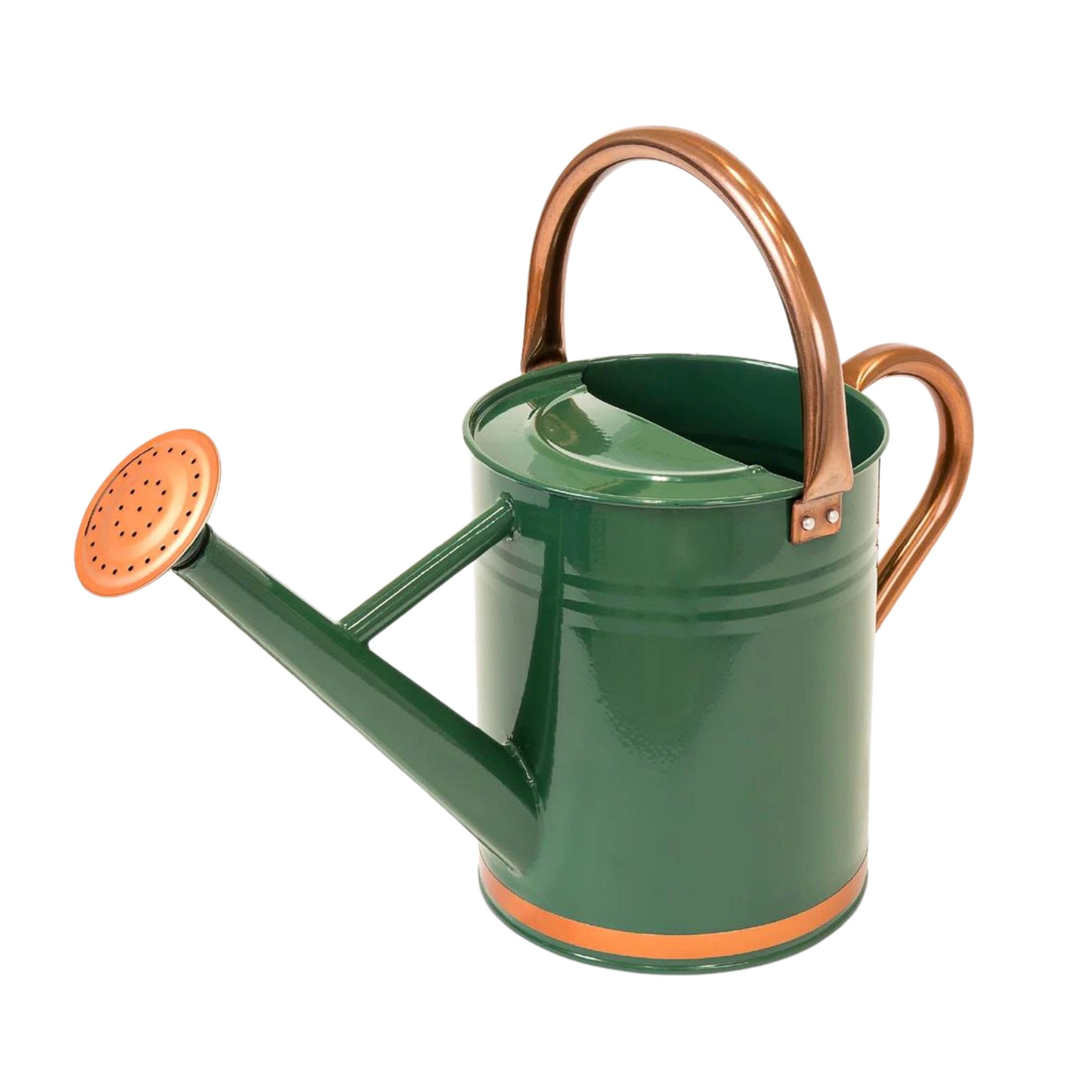How to propagate hydrangeas from cuttings in four simple steps — and guarantee success
Enjoy free new plants by learning how to propagate hydrangeas. Then, sit back and enjoy your beautiful bounty of blooms

- Equipment and materials
- 1. Timing
- 2. Collect cuttings
- 3. Prep and plant
- 4. Place and protect
- What to shop
- Can you propagate hydrangeas in water?
- When is the best time for taking hydrangeas cuttings?
- How fast do hydrangea cuttings grow?
- Can you plant hydrangeas straight into the ground?
- Meet the experts

Learning how to propagate hydrangeas successfully will bring you bountiful, beautiful, and free blooms to fill your front and backyard.
These fast-growing flowering plants make for great ground cover and can grow anywhere between three and 15 feet wide. Our gardening pros reveal the four simple steps to using hydrangea cuts to grow new plants, and the pitfalls to avoid.
Once you've nailed caring for hydrangeas, propagating new ones will be a cinch with our easy-to-follow guide which is perfect for beginners and green-fingered gardeners alike.
Revealed: how to propagate hydrangeas like a pro
As you shop your next batch of garden plant ideas for spring and early summer, why not save your pennies and propagate hydrangeas instead? It'll bring you free baby plants with just a snip of an existing one and a few gardening essentials.
Where our plant and gardening pros have recommended products, we've curated matching, highly-rated picks from trusted retailers.
All prices correct at time of publishing.
What you’ll need to propagate hydrangeas
- Pruning shears (the gonicc 8" Professional Titanium Shears on Amazon have been recommended to the Real Homes team multiple times by gardening experts).
- Rooting powder (it's optional, but plant hormones such as the Garden Safe Take Root from Walmart can help roots grow).
- Well-draining mix (such as Organic Perlite for Plants from My Perfect Plants, or an all-purpose potting soil.
- Live hydrangea plant. You might already have one growing, or have a friend (or very nice neighbor) who'll give permission for you to take a cut or two.
Step 1: Choose when to collect your cutting

To pave the road to propagating success, it's vital to tackle the task at the right time of year. Winter and the height of summer are no gos.
Get small space home decor ideas, celeb inspiration, DIY tips and more, straight to your inbox!
Gina Rossi, an urban flower farmer, says, "Early spring is a great time to take several cut stems suitable for propagation."
This season brings many benefits, including temperate weather and precedes energy-zapping bursts of activity from your established hydrangea.
Evan Torchio, founder of Tree Menders, explains, "The best time to propagate hydrangeas is in mid to late spring, just before new growth explodes. The stems are full of energy for root development, and warmer weather helps them establish quickly.
Step 2: Collect a cutting
Sterilize your pruning shears to reduce the risk of bacteria ruining your hydrangea plant propagation attempt before you've even broken soil. Young plants and cuttings are particularly vulnerable and at risk of microbials sneaking in.
Evan advises taking cuttings from non-flowering stems with just a few leaves, whilst Gina says, "The leaf node, where buds form along the stem, is where an enormous amount of the plant's growth energy is focused."
"To propagate a hydrangea with a good cutting, find a stem with several double buds. Snip the stem right above a double bud and again right below the next bud down," she adds.
Take notice of which end of the plant is up, which you'll need to know for potting it in the next step.
Step 3: Prep your cutting and plant in soil

Whilst not essential, dipping the end of your hydrangea cuttings in rooting powder can be beneficial, with organic or synthetic plant hormones encouraging faster, bigger root growth and giving your cutting a head start. It can come in powder, gel or liquid form.
We recommend the Bonide Bonton II Rooting Powder from Amazon, which is highly-rated and has more than 11,000 reviews — 84 percent of which are four or five stars. We particularly like that it's a versatile powder than can be used on cuttings, bulbs and seeds.
"Plant deep, firm the soil and water well," Gina adds. "The lower node will put all its energy into forming a healthy root system and you should have a sturdy, rooted plant in a few months. Take more cuttings than you think you need, to supplement in case of failures. You can always give away plants if you end up with too many."
Even advises using a well-draining potting mix, and keeping your propagated hydrangea moist, but not soggy. A high-quality potting mix with plenty of organic matter and perlite for drainage such as Organic Perlite from Perfect Plants Nursery will be perfect for the job.
Our guide on why your hydrangea is drooping is packed with expert advice on how to fix it, should you encounter the snag in the weeks after potting.
Step 4: Place and protect

Now you've done the hard work and potted your cuttings, place them in a bright, indirect light location indoors for a few weeks until roots develop.
Whilst it's advisable not to disturb the stem, you can check if roots have taken hold in your pot by gently pulling on the cutting. Slight resistance is what you're looking for, but don't do this till at least a month has passed.
Evan says, "Once they've established themselves, you can gradually acclimate hydrangeas outdoors before transplanting them to their permanent home in the fall."
Placement of your burgeoning hydrangea plant is key in the months after propagation.
Gina explains, "Leave your cuttings outside in the shade and keep the compost damp, but don't overwater. If temperatures are low, protect your cuttings against frost."
Greenscapes Spunbond Material Frost Blanket from Lowes is simple to use and highly rated for frost protection.
In winter when they're dormant, move your hydrangea pots to a garage or basement, watering once a month, to protect them from frost.
What to shop

Price: Was $39.99, now $29.99
This handy set includes an ergonomic and durable weeder, hand fork, hand rake, transplanter, trowel, and pruner, all made from stainless steel, plus a spray bottle, and a pair of gloves.

Price: $37.99
Capacity (gal): 1
Keep greenery thriving courtesy of this weather-resistant, galvanized steel watering can with ergonomic handles. It's lightweight, and the wide head gives a gentle stream of H2O to thirsty plants. You can also unscrew that and give a bigger sip when needed at speed.

Price: $38
Time to get gardening! These durable elasticated gloves will keep you protected and feel comfortable while doing your gardening tasks. They are machine washable, but will need to be air-dryed to maintain their integrity.
FAQs
Can you propagate hydrangeas in water?
Usually, it’s not recommended, as unlike propagating succulents, the results can be hit and miss for hydrangeas. Evan says, "Unlike some plants, hydrangeas don't root well in water, so potting them directly is best."
When is the best time for taking hydrangeas cuttings?
Early spring is not only a great time to prune hydrangeas, but it will also give you several cut stems suitable for propagation, advises Gina. These are when you're more likely to nab yourself a "softwood" cutting — growth from the current season — and more likely to yield great results.
How fast do hydrangea cuttings grow?
Cuttings from hydrangeas take a number of months to fully establish, but the plant itself is considered a fast grower, typically growing around two feet a year.
Can you plant hydrangeas straight into the ground?
You can plant them straight into the ground (and certainly exactly where you plant hydrangeas is important), but the first year can be tough on new plants and you can give cuttings a boosted chance of success by growing hydrangea in pots initially.
Meet the experts

Gina is an urban flower farmer focused on supplying beautiful, abundant, fragrant, locally-grown, fresh-cut blooms to design-led florists. She's an allotmenteer and a passionate gardener too, striving to be as organic and sustainable as possible.
Growing up in northern Ontario, Evan always found solace around trees. He earned a bachelor’s degree in forestry and is a member of the International Society of Arboriculture (ISA). Evan started his career in arboriculture working for a family-owned operation, before starting Tree Menders.
Now you've cut your gardening teeth on growing hydrangeas from cuttings, give propagating a jade plant a whirl next.

Hi! I'm editor of Real Homes. I've been a senior journalist and editor for national magazines and newspapers for 16 years, specializing in consumer, real-life, and lifestyle articles. I have a BA in English Language and Communication, mentor journalists, and I’m also founding editor of Lacuna Voices, an independent digital platform. I love to cook, add character to my newly-built home, try my hand at DIY projects, keep my collection of plants alive, and make memories with my little family of three. For Real Homes, I specialize in articles on pest control, DIY, declutterring and cleaning, interviewing experts daily for their top tips and product recommendations.